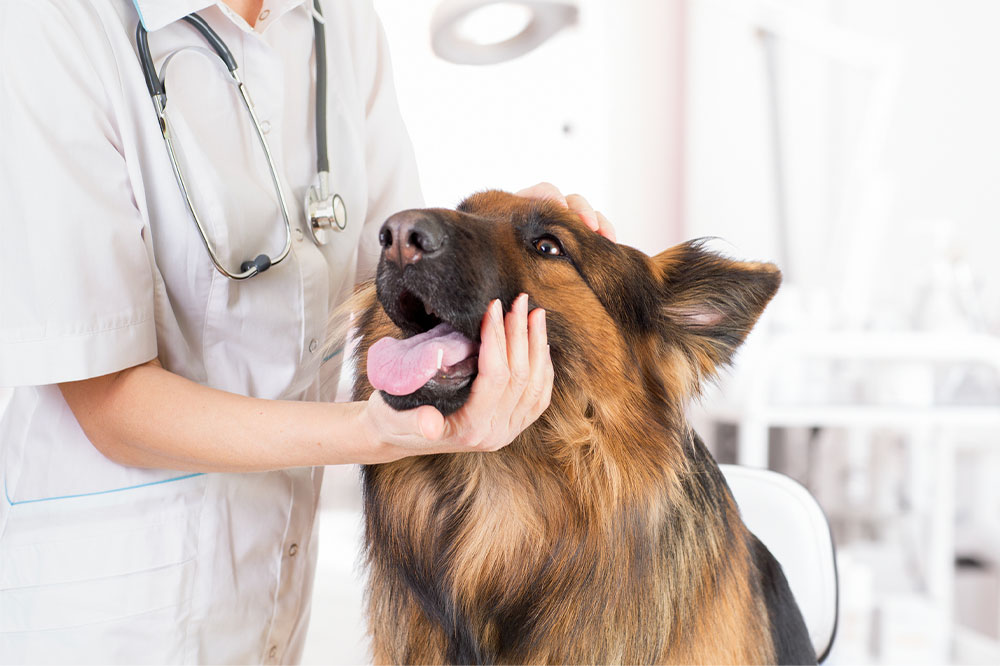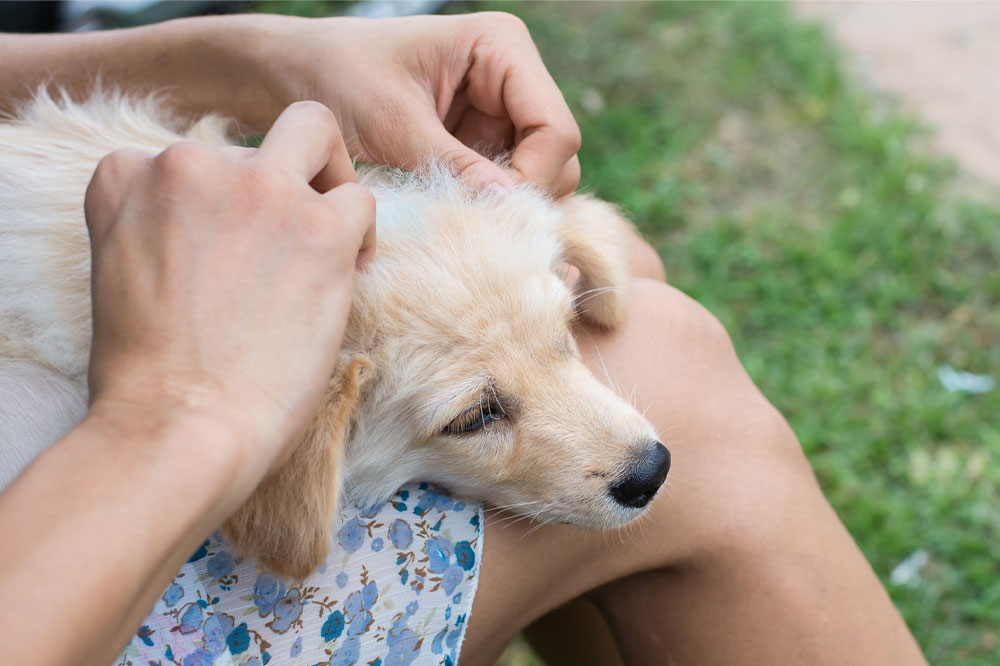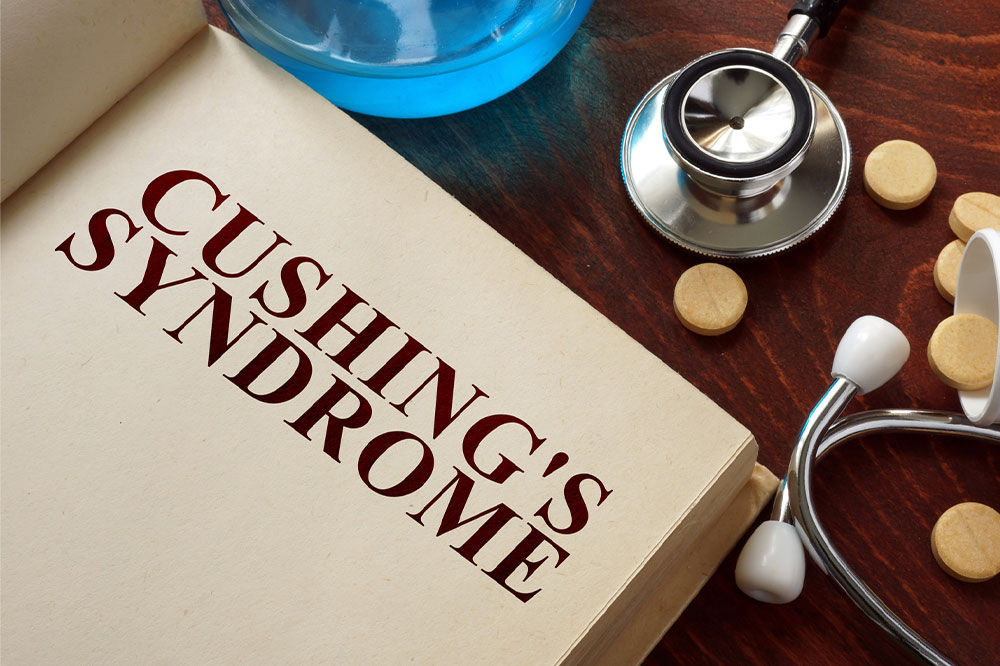Strategies for Managing Canine Nystagmus Effectively
Learn effective methods to manage canine nystagmus, including medical, surgical, nutritional, and environmental strategies. Proper diagnosis and tailored treatment plans can enhance the quality of life for dogs affected by this condition. Regular monitoring and supportive care are key to achieving the best outcomes for your furry companion.

Strategies for Managing Canine Nystagmus Effectively
Nystagmus involves involuntary eye movements and can impact dogs' vision and quality of life. Recognizing the condition early and exploring various treatment options are crucial. The chosen approach depends on the root cause and symptom severity. Sometimes, treatments like medications may not fully resolve the issue, requiring additional interventions. Addressing the underlying health problems, implementing supportive care, and considering surgical procedures can improve your pet's well-being. An integrative approach is often most beneficial in managing canine nystagmus.
Medical Interventions
Veterinarians may recommend surgeries if structural issues or underlying conditions contribute to nystagmus. Procedures such as correcting eyelid abnormalities, removing tumors, or repairing inner ear issues can restore better eye function. These interventions aim to target the root causes directly, enhancing the dog's quality of life.
Treating Underlying Causes
Nystagmus is often a symptom of neurological or vestibular disorders. Proper diagnosis and management of these conditions through medication, lifestyle changes, or therapy are essential for effective relief.
Nutritional and Environmental Support
Providing a balanced diet rich in antioxidants, vitamins, minerals, and Omega-3 fatty acids can promote eye and overall health. Creating a safe environment with non-slip flooring and accessible water and food bowls can help reduce frustration and improve safety for dogs with balance issues.
Rehabilitation and Therapies
Physical exercises aimed at improving coordination, balance, and muscle strength contribute significantly to managing symptoms. Specific activities like head tilts and eye tracking exercises may help control involuntary eye movements, leading to improved comfort.
Eye Care and Alternative Treatments
Lubricating eye drops can alleviate dry eyes often associated with nystagmus. Some pet owners explore acupuncture and holistic therapies, which, under veterinary guidance, may offer additional relief. Always consult with a vet experienced in these areas before proceeding.
Ongoing Support and Monitoring
Regular veterinary check-ups are crucial to track the condition’s progression. Educating yourself about nystagmus triggers and symptoms helps in early detection and better management. Modifying the environment to reduce exposure to bright lights and loud noises can also minimize stress and discomfort.
Provoking a Comfortable Lifestyle
Adjusting daily routines and surroundings can significantly boost your dog's well-being. Consistent monitoring and open communication with your veterinarian ensure tailored care to manage the condition effectively and maintain your pet's quality of life.
Disclaimer:
This blog offers a broad spectrum of informative content meant to guide pet owners. However, it should not replace professional veterinary advice. Always consult a qualified vet for diagnosis and treatment plans tailored to your dog's specific needs. The authors do not accept liability for inaccuracies or differences in information across platforms. Seek expert guidance for the best outcomes.










